Hurricane Season
Hurricane Potential Builds Near Northern Leeward Islands and USVI, NHC Reports
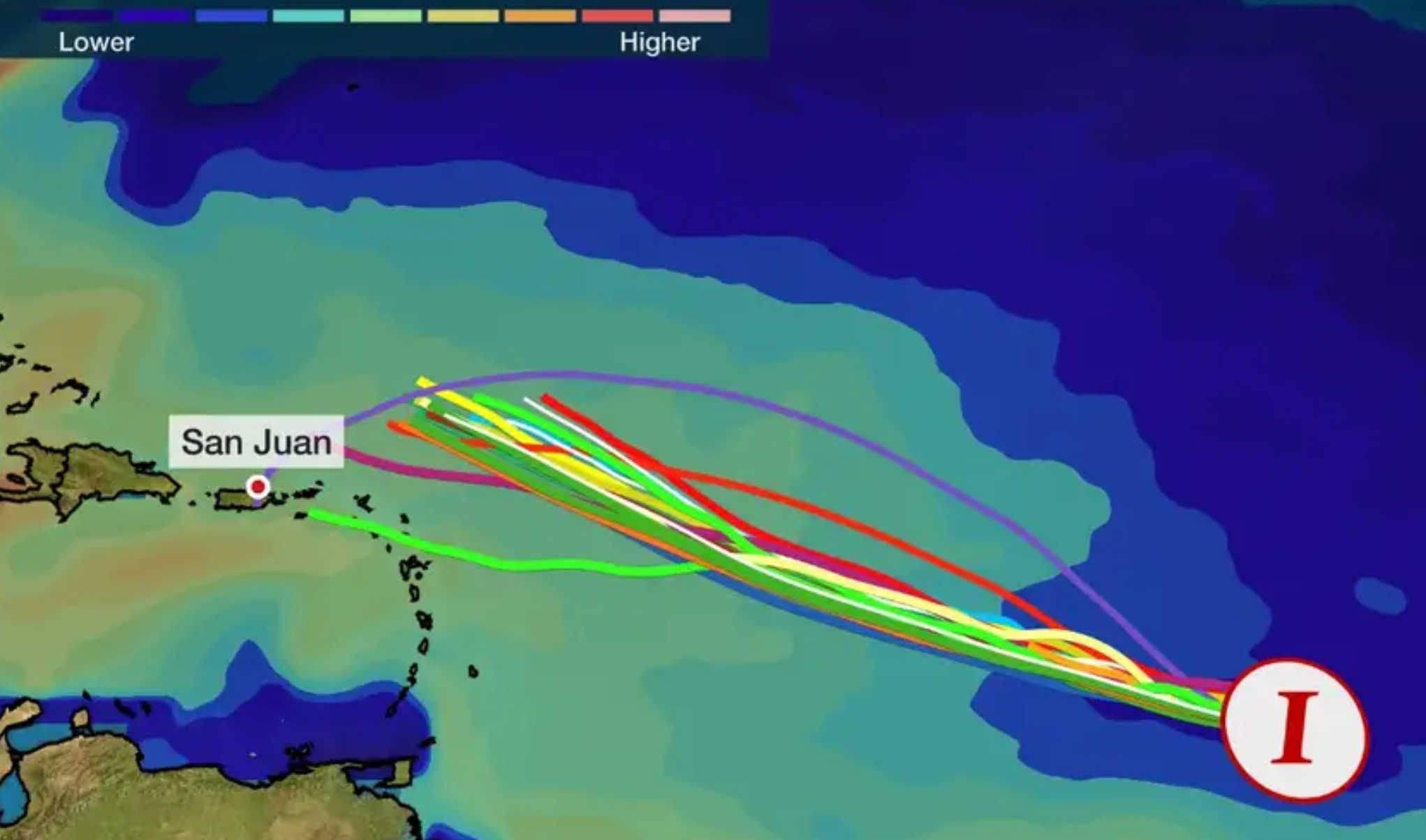
The tropical central Atlantic is witnessing the formation of a weather system that, according to predictions from the National Hurricane Center (NHC) in Miami, Florida, holds the potential to escalate into a hurricane. The forecast suggests it might gravitate near or to the northeast of the northern Leeward Islands, encompassing the U.S. Virgin Islands, within this week.
Identified by the label AL95, this system currently resides about 900 miles in the west-southwest direction from the Cabo Verde Islands. Recent observations underscore the system’s evolving structure as it manifests more pronounced showers and storm activities.
Environmental parameters appear conducive for the amplification of AL95. A statement from the NHC elaborates, “In the upcoming day or possibly sooner, the possibility of this evolving into a tropical depression or storm is high.” The current trajectory of the system has been clocked moving west-northwest, ranging between 15 to 20 mph.
Odds Tilt Towards Hurricane Development
The data released by the NHC underscores a significant probability of AL95 gaining the strength of a hurricane by the time it reaches the western sectors of the tropical Atlantic. The statistics are striking: a 90 percent likelihood within the forthcoming 48 hours, and an almost definite probability — nearing 100 percent — across the span of the next week.
For an in-depth analysis and for alerts like gale warnings, the National Weather Service has circulated High Seas Forecasts. A call to vigilance has been sounded for both the inhabitants and seafarers in the probable impact zones. Relying on these forecasts is essential for their safety.
It’s imperative for the residents of the northern Leeward Islands and the U.S. Virgin Islands to instate prompt protective actions. As the situation develops, additional updates will be disseminated to keep the public informed.
For USVI News readers, staying abreast of such updates is crucial. Safety is paramount. Please keep checking back for the latest developments.
Hurricane Season
Storm Season Preparations: Essential Guidelines for USVI Residents
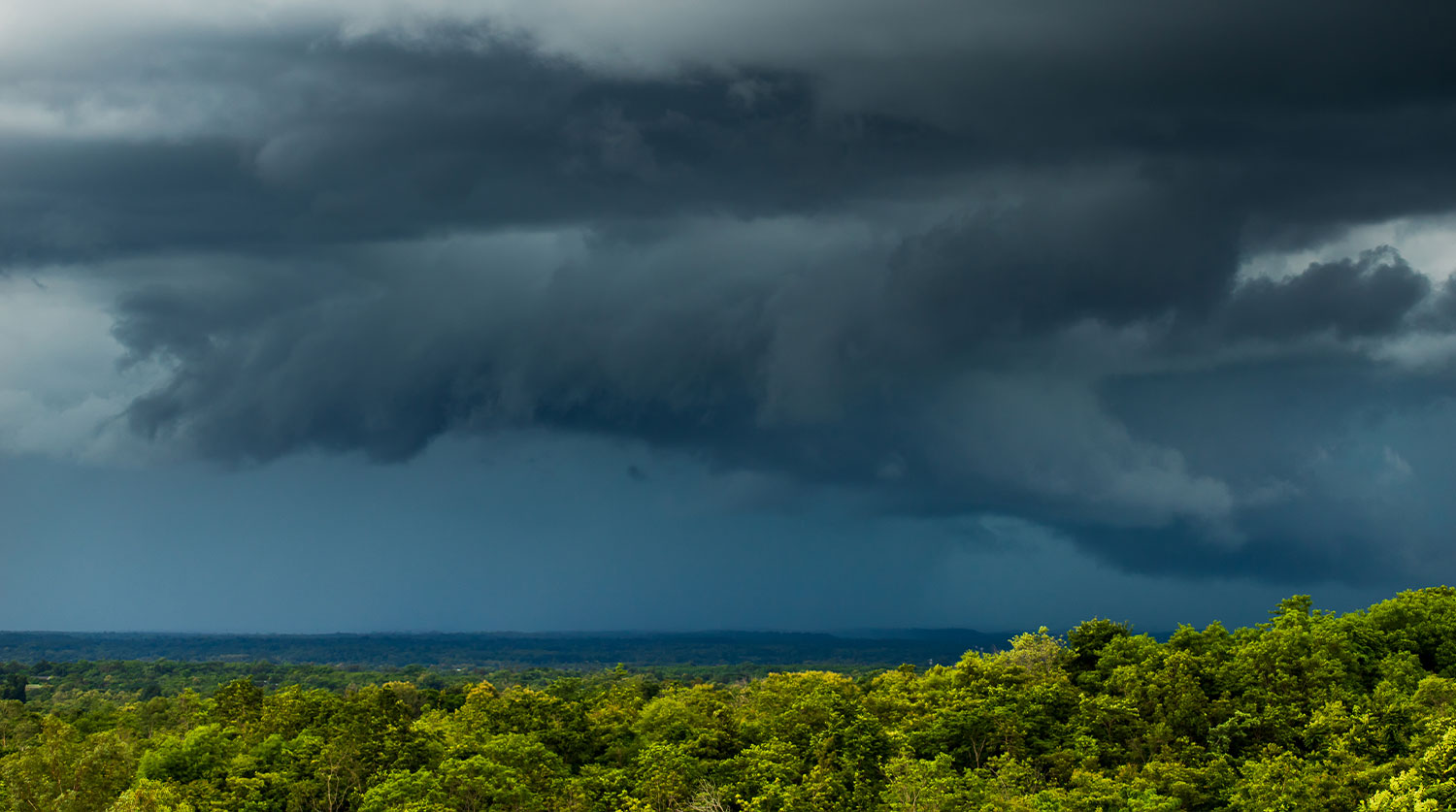
As storm season approaches, residents of the U.S. Virgin Islands must prepare to protect their homes, families, and communities from the potential threats posed by hurricanes and tropical storms. Proper preparation not only ensures safety but also minimizes the impact of severe weather events. Below are essential guidelines for USVI residents to stay ready during the storm season.
1. Stay Informed with Reliable Sources
One of the most crucial aspects of storm preparation is staying informed. Keep up with weather updates from reliable sources such as the National Hurricane Center (NHC) and the Virgin Islands Territorial Emergency Management Agency (VITEMA). Sign up for alerts and warnings through local news outlets and emergency notification systems to receive real-time updates.
2. Create an Emergency Plan
Every household should have a comprehensive emergency plan in place. Discuss with family members what to do before, during, and after a storm. Identify a safe room within your home, typically an interior room with no windows, where you can take shelter. Designate an out-of-town contact person who can coordinate communication in case local networks are down.
3. Build an Emergency Kit
An emergency kit is vital for surviving the aftermath of a storm. Ensure your kit includes:
- Non-perishable food and water: A three-day supply for each family member.
- First aid supplies: Bandages, antiseptics, medications, and other essentials.
- Important documents: Copies of identification, insurance policies, and medical records.
- Tools and supplies: Flashlights, batteries, a multi-tool, and duct tape.
- Hygiene products: Hand sanitizer, soap, and personal hygiene items.
- Communication tools: A battery-powered radio, mobile phone chargers, and a whistle for signaling.
4. Secure Your Home
Taking steps to secure your home is essential to minimize damage during a storm. Inspect your property for potential hazards, such as loose branches, and trim trees that could cause damage if they fall. Reinforce windows and doors with storm shutters or plywood to protect against strong winds and flying debris. Additionally, consider securing outdoor furniture, grills, and other items that could become projectiles during a storm.
5. Review Your Insurance Coverage
Before the storm season begins, review your homeowner’s insurance policy to ensure it covers hurricane-related damage. Note that standard insurance policies often do not cover flooding, so you may need to purchase separate flood insurance. Keep your insurance documents in a safe, easily accessible place, and take inventory of your belongings to streamline the claims process if necessary.
6. Plan for Special Needs
If there are elderly family members, individuals with disabilities, or pets in your household, make specific arrangements for their care during a storm. Ensure you have enough medication, special dietary items, and pet supplies on hand. Identify nearby shelters that can accommodate these needs and plan for transportation if evacuation becomes necessary.
7. Know Evacuation Routes
Familiarize yourself with the designated evacuation routes in your area. VITEMA provides maps and guidelines on evacuation procedures that can be accessed online. Plan your route in advance, and keep a full tank of gas in your vehicle during storm season to ensure you can evacuate quickly if needed. Always follow local authorities’ instructions regarding evacuations.
8. Prepare for Power Outages
Storms often lead to power outages, which can last for days or even weeks. Prepare by having a backup power source, such as a generator, and stock up on batteries for flashlights and other essential devices. Charge your electronic devices ahead of time, and consider investing in a solar-powered charger. Perishable food should be consumed first, and frozen items can be kept cold longer by packing them tightly together in the freezer.
9. Stay Connected with Your Community
Community support is invaluable during storm season. Engage with your neighbors to create a support network. Share resources and information, especially with those who may need extra assistance. Participate in community meetings and workshops on disaster preparedness offered by local organizations.
10. Post-Storm Safety
After a storm passes, it’s important to stay vigilant. Avoid downed power lines and flooded areas, and report any damage to local authorities. Check on neighbors and offer assistance where needed. Listen to official announcements regarding when it is safe to return home if you have evacuated.
Preparation is the key to safety during storm season in the U.S. Virgin Islands. By staying informed, having an emergency plan, and taking proactive measures to protect your home and family, you can minimize the impact of storms and ensure a quicker recovery. Make storm preparedness a priority today, and encourage others in your community to do the same.
With these steps, USVI residents can navigate storm season with confidence, knowing they have done everything possible to protect themselves and their loved ones.
Hurricane Season
FEMA Urges Virgin Islands Residents to Update Emergency Plans as Hurricane Season Begins
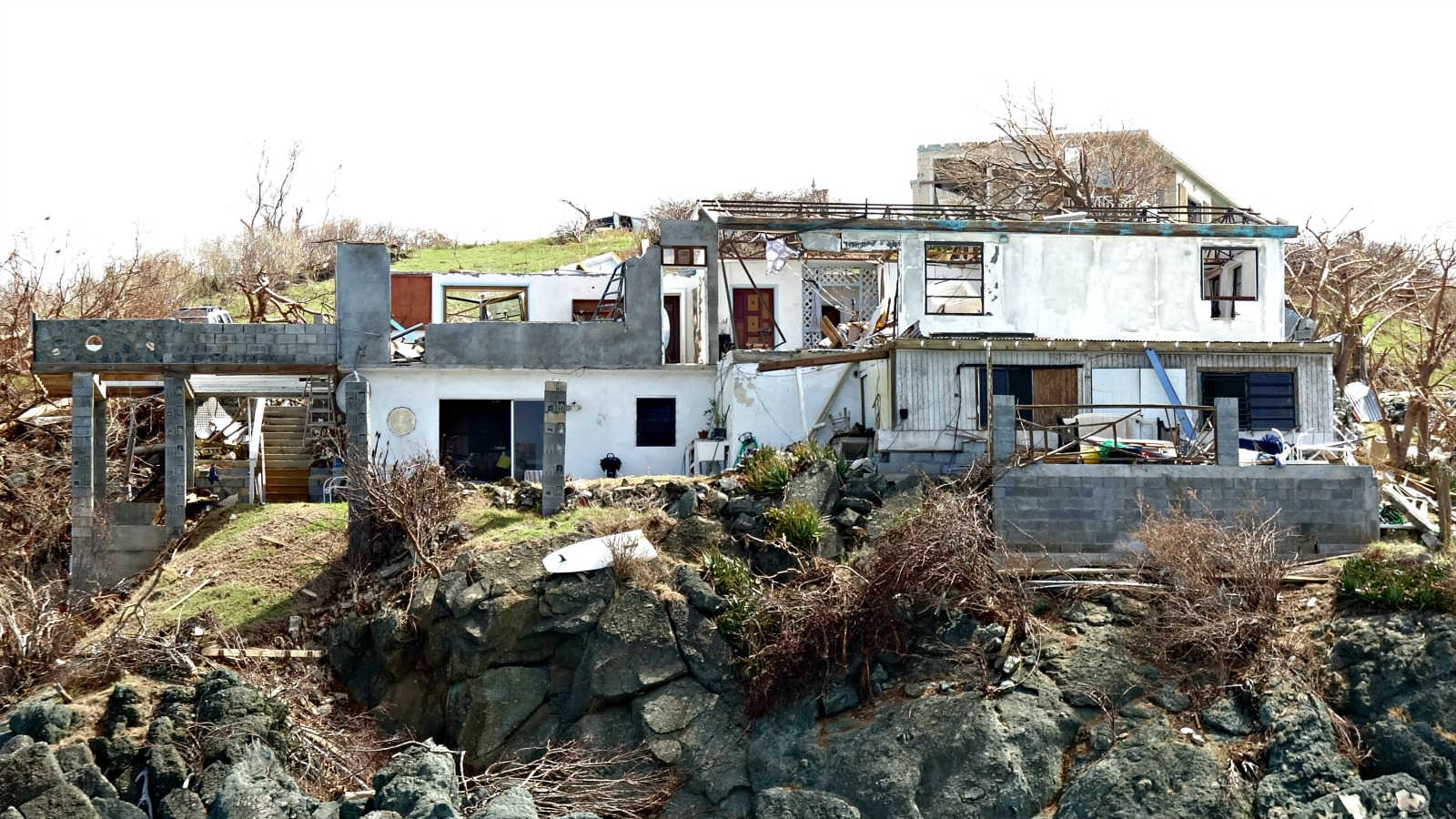
As the Atlantic hurricane season commences, the Federal Emergency Management Agency (FEMA) is urging U.S. Virgin Islands residents to brace for what is expected to be an above-normal season. The National Oceanic and Atmospheric Administration (NOAA) has predicted between 17 and 25 named storms for 2024, underscoring the importance of readiness in the region.
FEMA is stressing the necessity of updating emergency communication plans to enhance safety and reduce the stress associated with approaching tropical systems. It is crucial for residents to revisit and revise their plans, ensuring all family members are well-versed in the procedures to follow if a storm threatens the area.
FEMA’s key recommendations include:
- Plan Review and Update: Families should reassess their emergency plans, taking into account any changes over the past year. It’s essential that every member understands their role and the actions to take during an emergency.
- Communication Strategy: Designate a family member outside the territory as an emergency contact. This person can serve as a central point of communication for relatives and friends if local channels are disrupted.
- Accessible Information: FEMA provides an emergency communications plan template to document vital contact and medical information for each family member. This template is also available in Spanish, making it more accessible to a broader audience.
In addition to updating plans, FEMA advises residents to conduct practice drills. These drills help ensure that everyone knows how to communicate effectively and reunite if separated during a storm.
For more details and to access the emergency communications plan template, residents can visit FEMA’s website or contact the local emergency management office. Being prepared can significantly reduce the risks and anxiety associated with hurricane season in the Caribbean.
Hurricane Season
Emergency Shelters Identified and Shelf-Stable Foods Procured as USVI Prepares for the Hurricane Season
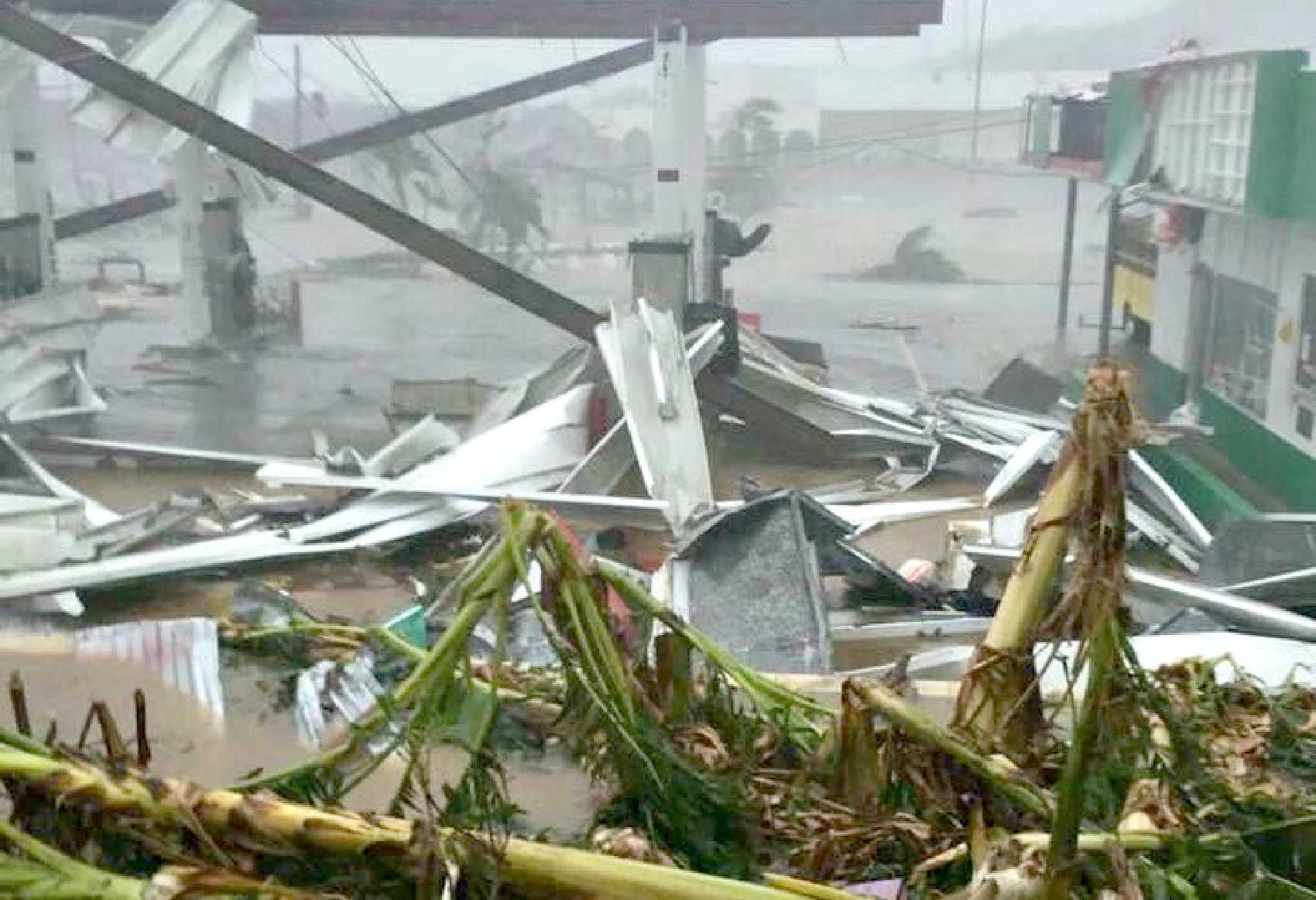
As the Virgin Islands government advances billion-dollar hurricane recovery projects initiated in 2017, residents brace for an above-normal 2024 Atlantic hurricane season, with forecasts predicting four to seven major hurricanes. Senator Kenneth Gittens convened a meeting on Wednesday with the Committee on Homeland Security, Justice, and Public Affairs to review preparedness plans. Daryl Jaschen, director of the V.I. Territorial Emergency Management Agency (VITEMA), emphasized the importance of proactive planning.
Reflecting on the 2017 hurricanes, Jaschen lamented past complacency among residents and urged serious preparation for the upcoming season. He highlighted the necessity of considering senior citizens, ensuring medication availability, and caring for pets. “We don’t want it, but we want to be prepared,” he stated.
A significant improvement in this year’s preparations is the prepositioning of FEMA-supplied shelf-stable water and meals, sufficient for ten days, within the territory. Unlike in 2017, when supplies were stored in Puerto Rico, these resources are now readily available. If necessary, food supplies will be distributed from various points of distribution (PODs) five days after a federal disaster declaration. Residents are advised to maintain a personal emergency stash for at least five days, as immediate distribution may not be possible.
VITEMA plans to operate two PODs per district, each capable of distributing up to 5,000 meals daily. These PODs will function until normal food supply chains are restored and ATMs are operational. Distribution sites will provide two meals and three liters of water per person per day.
The five-day lead time for distribution stems from the logistics of receiving and processing FEMA supplies. Jaschen warned residents not to expect immediate assistance post-storm, as it takes time to activate PODs. Road clearance is also a prerequisite for POD operations.
The exact locations for the PODs remain undecided, causing concern among legislators. Senator Gittens emphasized the need for pre-identified locations to facilitate easier access during emergencies. Jaschen responded that the final POD sites would be determined based on post-storm assessments.
The V.I. Department of Human Services (DHS) is also preparing for potential hurricane impacts. Community Affairs Coordinator Yvette Henry reported that DHS, with FEMA, the American Red Cross, and local partners, has inspected and identified several evacuation shelters. In St. Croix, the St. Croix Educational Complex and the David C. Canageta Recreational Complex are designated shelters. St. Thomas shelters include the Ivanna Eudora Kean High School’s gym and cafeteria and the Lockhart Elementary and Junior High School. St. John shelters are the Adrian Senior Center and the Gift Hill School. There is no listed shelter for Water Island for 2024.
DHS, along with the V.I. Department of Health, is ensuring shelters can meet the needs of vulnerable populations, including accommodations for service animals. DHS continues to identify additional shelters, with lawmakers urging the selection of easily accessible locations for all residents.
The V.I. Department of Public Works (DPW) is focused on stormwater management, tree pruning, sandbag distribution, route clearance, and infrastructure restoration. Assistant Labor Commissioner Rueben Jennings noted DPW’s readiness to assist in supply distribution if required. Lawmakers stressed the importance of drain maintenance to prevent flooding and debris blockage. DPW has begun assessing the stormwater drainage system and will continue these efforts throughout the hurricane season.
-

 Education1 year ago
Education1 year agoEducation Board Seeks Input on Schools Through Comprehensive Survey
-

 Education2 years ago
Education2 years agoCTE Board Enthusiastic About New Curriculum Standards, Yet Anxious Over Apprenticeship Support
-

 Crime2 years ago
Crime2 years agoRegistered Sex Offender Detained for Illegal Firearm Possession During Annual Surveillance Drive
-
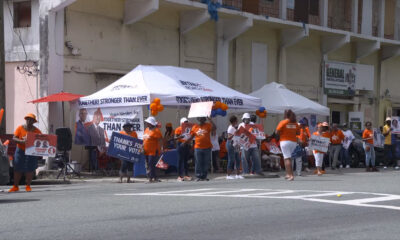
 Videos3 years ago
Videos3 years ago2022 Gubernatorial Election: Voters Speak Out
-

 Development1 year ago
Development1 year agoCosts Surge as Donoe Estates Housing Project Resumes with New Contractor
-
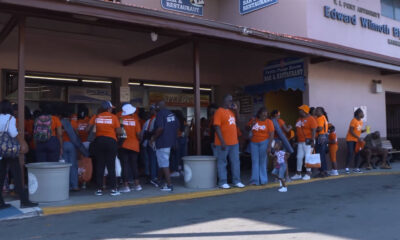
 Videos3 years ago
Videos3 years agoGubernatorial Teams Celebrate St. Croix’s Bull & Bread Day
-

 Videos3 years ago
Videos3 years agoWakanda’s Female Might: A Dive into ‘Black Panther: Wakanda Forever’
-

 Crime2 years ago
Crime2 years agoSt. John’s Westin Resort Scene of Armed Robbery, Prompting Heightened Police Vigilance




